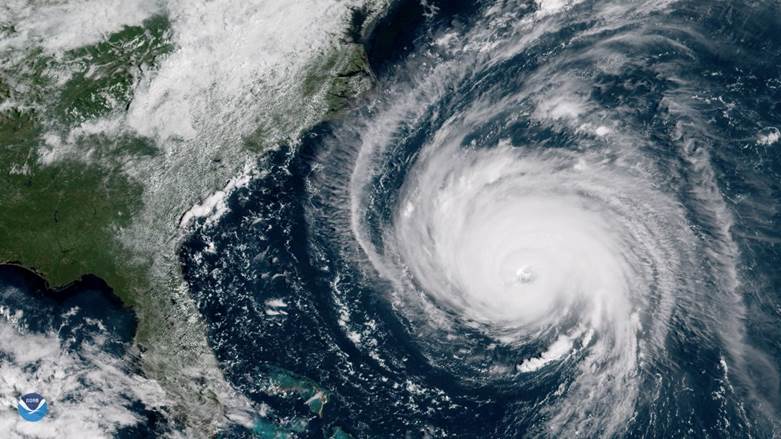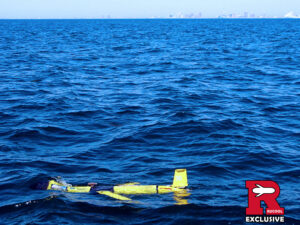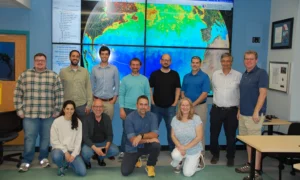On January 26-28, NOAA hosted a workshop entitled “Integrating Ocean Observations to Improve NOAA’s Hurricane Intensity Forecasts”. RUCOOL/DMCS Faculty, staff and graduate students participated throughout the workshop, including presentations by John Wilkin on the “Current State and Future Plans of Modeling and Data Assimilation Efforts for Hurricane Intensity Forecast: ROMS ocean model and DA” and Scott Glenn on “Observing the Upper Ocean During Hurricanes: The Value of Coordinated Ocean Observations,” in a session moderated by Travis Miles. The overarching goal for the 150+ attendees was to develop a framework for coordinated ocean observing in support of hurricane intensity science and forecasting.
Despite marked improvements in tropical cyclone track forecasts, uncertainties in numerical models have resulted in only marginal improvements in tropical cyclone intensity forecasts over the past two decades. Research indicates that insufficient observations of upper ocean conditions are a contributing factor to our inability to improve intensity forecasts. Improving NOAA’s hurricane intensity forecasting will require an integrated ocean observing system with both sustained and targeted (i.e., rapidly deployed) ocean observations that can in turn be used to initialize ocean-atmosphere coupled tropical cyclone forecast models.
The workshop focused on upper ocean and air-sea interface observing, analysis, and modeling by developing a framework for coordinated ocean observing in support of hurricane intensity science and forecasting. The workshop brought together leaders in the observational and modeling communities to discuss ways to improve integration, coordination, and communication across NOAA ocean observing and modeling activities as it relates to hurricane intensity forecasting.




